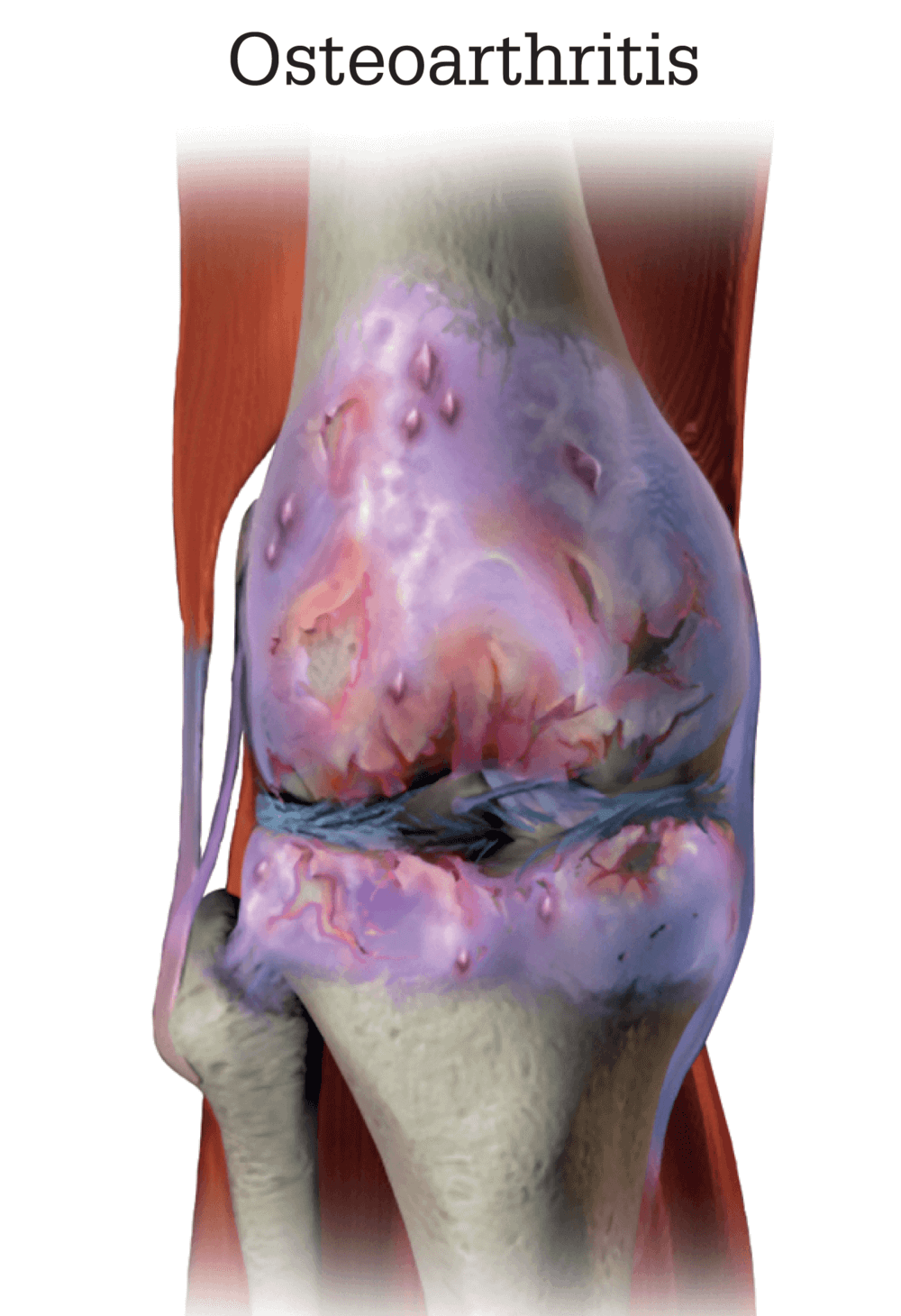
Osteoarthritis (OA) is one of the most common joint disorders – but its mechanisms are still not fully understood and existing biomarkers lack reliability and sensitivity. This makes it difficult for clinicians to prescribe targeted treatments – a problem University of South Australia researchers are dedicated to solving.
Covering a 20-year period, they reviewed research that used mass spectroscopy imaging (MSI) to map complex sugars associated with cartilage damage in OA (1). By identifying these molecular mechanisms, the team hope to explain why cartilage degrades at different rates and potentially identify diagnostic biomarkers.
“Diagnosing osteoarthritis has relied heavily on X-rays or MRI, but these provide limited information and don’t detect biomolecular changes that signal cartilage and bone abnormalities,” said lead author Yea-Rin Lee (2). “Alternative imaging methods such as MSI can identify specific molecules and organic compounds in the tissue section.”

References
- YR Lee et al., J Mol Sci, 21, 6414 (2020). PMID: 32899238.
- University of South Australia (2020). Available at: bit.ly/35Zlrte.




